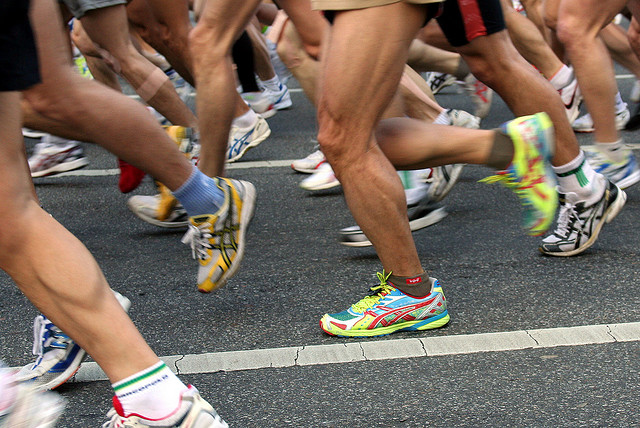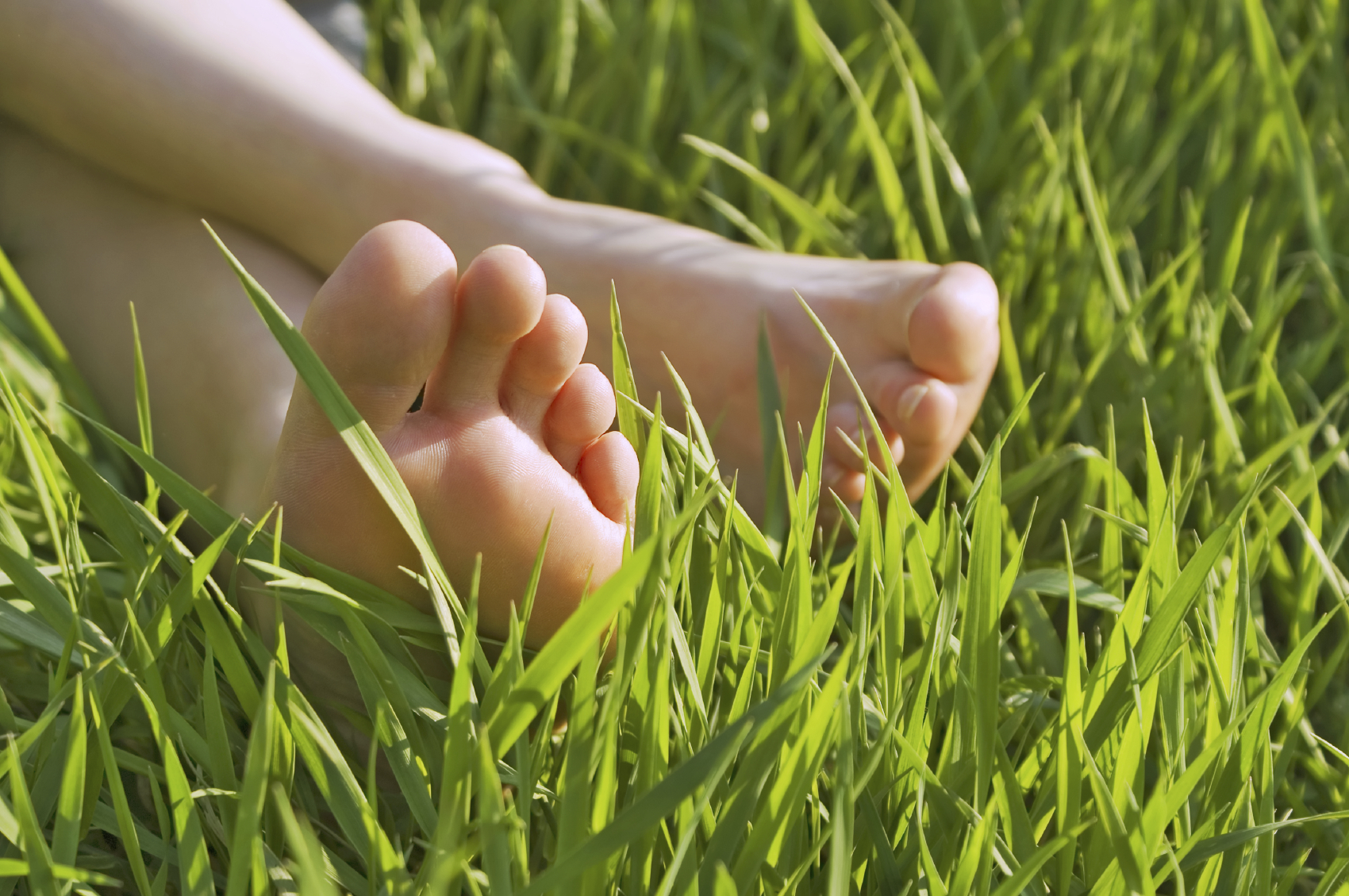The warm weather and longer days make summer one of the best times of the year for heading outdoors. For many, this means lacing up a pair of running shoes and hitting the streets or finding a running trail. Running, after all, is one of the most inexpensive forms of exercise.
In recent years, themed races such as zombie, mud and color runs have contributed to making the sport more mainstream. According to Running USA, the number of running event finishers grew from less than 5 million in 1990 to over 19 million in 2013; and the sport’s popularity continues to grow.

However, not all individuals signing up for races are experienced runners. In fact, what many novice runners don’t know is that a lack of training and conditioning can lead to injuries (yes, even for a sport that seems not to involve much work or muscle power). Foot and ankle injuries, such as ankle sprains and plantar fasciitis, tend to be most prevalent.
Luckily, there are precautions that can be taken to decrease the risk of getting hurt. The following tips will help keep you on the trails while taking care of your knees, ankles and feet.
1. Do a proper warm up.
Stretching before performing any type of exercise is a great way to increase flexibility. For runners, a light stretch will do followed by a warm up period. Instead of starting at full speed, take a few minutes to walk first and loosen up the muscles. Slowly build to a jog, increasing your pace after two to three minutes.
2. Choose shoes designed for your foot type.
Do your feet pronate (roll inward while walking or running)? Do you have low arches? There are many things to consider when choosing a shoe for running, as not all shoes offer the type of support that each individual runner needs. If you are not sure about your foot type, a local podiatrist can help. He or she will examine your arches and foot and ankle movement in order to recommend the best type of shoe.
3. Pay attention to your gait.
According to the American Academy of Podiatric Sports Medicine, runners should keep the following two things in mind: run standing up fairly straight and look ahead at where you are going instead of down at your feet. There are other things to consider as well, but the most important of all is how it feels. Every part of your body should feel natural when you run, from your head to your shoulders and arms, all the way down to your hips and feet.
If you’re feeling unnatural aches and pains after a run, the best advice is to consult an expert. Schedule an appointment with us online to learn more or call 210-479-3233.
Photo source: Hojusaram



